10 Fun Social Emotional Coloring Pages for Early Learners Free
Picture this: a classroom filled with giggles and colorful crayons, as preschool and kindergarten kids dive into a world of emotions through free social emotional coloring pages. These simple yet powerful illustrations not only entertain but also lay the foundation for crucial social-emotional skills.
You can see tons more social skills worksheets here.
So, grab those crayons and let’s explore the vibrant world of emotional intelligence for our little learners.

>> These printable worksheets are perfect for early elementary school, just print them out and have them ready with crayons! Head to the section below to download them.
Grab these fun printable coloring pages too:
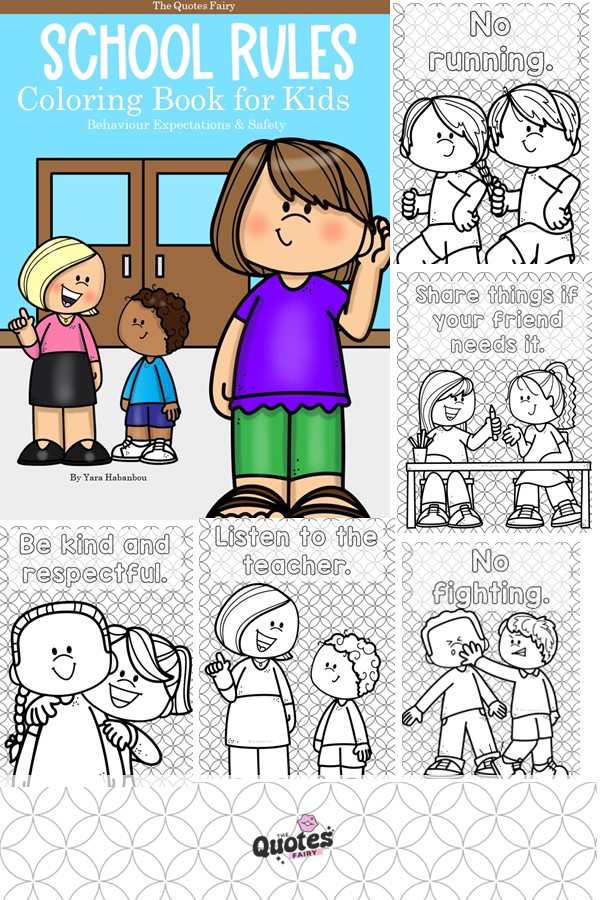
What are these social-emotional skills in these coloring sheets?
Social-emotional skills are the building blocks of a child’s ability to navigate the intricate landscape of relationships and emotions. These coloring pages aren’t just about filling spaces with hues; they’re about instilling essential skills in our youngsters.
As you flip through these pages, you’ll notice depictions of various emotions – happiness, sadness, anger, surprise, and more. These illustrations act as visual cues, helping kids recognize and understand their feelings. It’s like giving them a personal emotional toolbox they can carry through life.
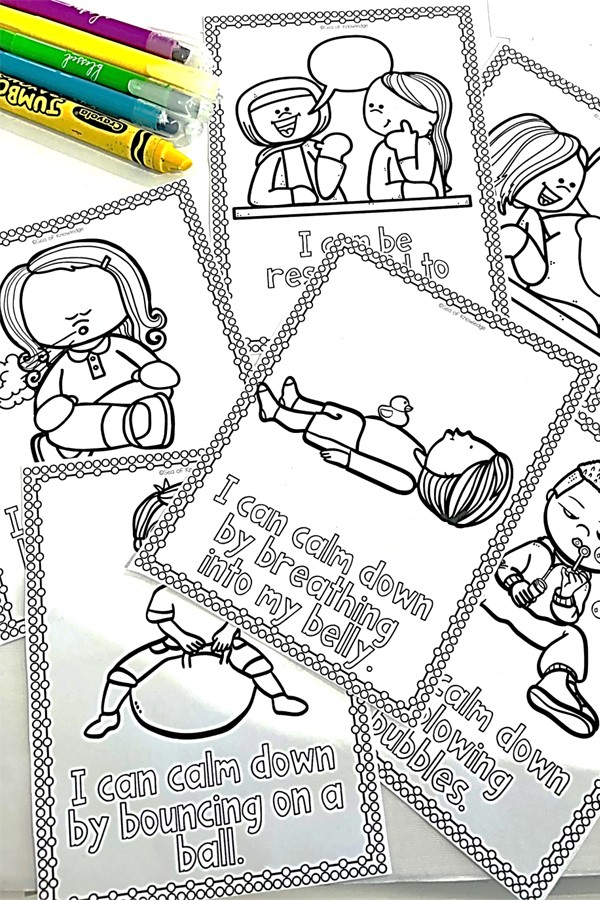
My niece, Emily, was introduced to these coloring sheets in her kindergarten class. One day, she proudly pointed to a happy face she colored and said, “This is how I feel when I play with my friends.” It was a heartwarming moment witnessing her connect colors to emotions.
How do we introduce these to younger kids?
Introducing social-emotional coloring sheets to young minds is like planting seeds of emotional awareness. Start by creating a relaxed atmosphere, perhaps during a dedicated circle time or quiet moments. Here’s a simple step-by-step guide:
1. Engage in a Story: Begin with a short story or a relatable situation. For instance, share a tale about a character who felt excited about a new adventure or sad when saying goodbye to a friend.
2. Explore the Colors: Connect emotions to colors. Ask questions like, “What color do you think represents happiness?” This not only makes the activity interactive but also encourages creative expression.
3. Encourage Sharing: After coloring, encourage kids to share their masterpieces. This fosters communication and allows them to articulate their feelings, promoting social skills.
Tip: To make it even more exciting, let the kids come up with their own emotion-color associations. You might be surprised by their imaginative connections.
What are some examples of emotions illustrated in these sheets?
Be sure to head to the download section to download this printable pack for FREE!
These coloring sheets serve as emotion dictionaries for youngsters, offering a visual guide to various feelings. Let’s explore some examples:
1. Happiness: A beaming sun or a smiling face can represent joy and contentment.
2. Sadness: A rain cloud or a frowning character might depict feelings of sadness or disappointment.
3. Anger: A fiery red color or a character with a furrowed brow can symbolize anger or frustration.
4. Surprise: Wide-open eyes or a gasping character could illustrate the emotion of surprise.
By exposing children to these visual cues, we help them build a vocabulary for their emotions, enabling better self-expression.
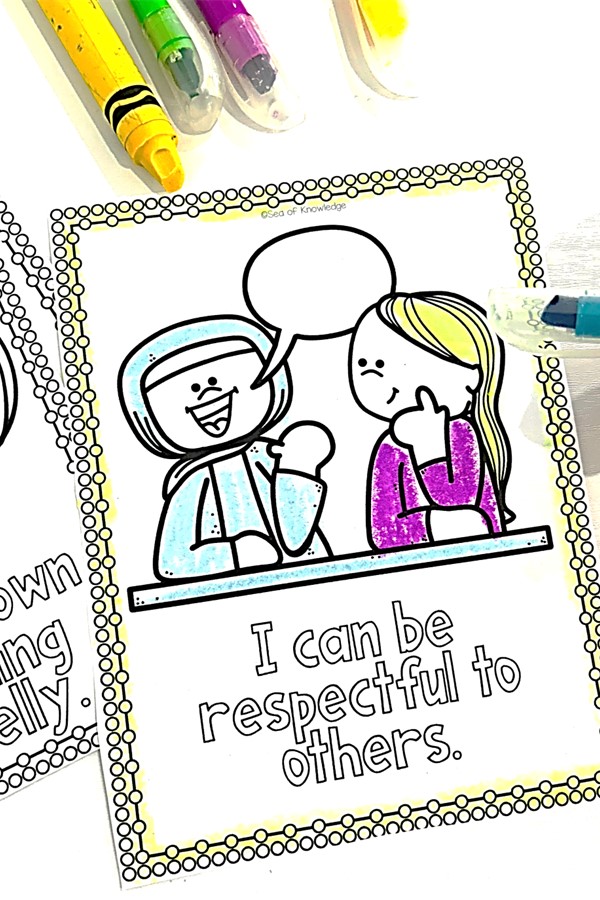
During a coloring session with my friend’s son, he chose a vibrant blue to color a character. When asked why blue, he responded, “Because I feel calm and peaceful like the sky.” It was fascinating to see how he associated colors with emotions.
How to download use these sheets in the classroom
Now that we’ve laid the groundwork, let’s delve into practical ways to incorporate these coloring pages into the classroom setting:
1. Dedicated Emotion Sessions: Set aside specific sessions to focus on emotions. Discuss a particular emotion, show examples, and then let the kids express themselves through coloring.
2. Interactive Discussions: Use the colored sheets as prompts for group discussions. Ask questions like, “Why did you choose red for anger?” This not only reinforces the association but also encourages verbal expression.
3. Create a Wall of Emotions: Display the finished coloring sheets on a dedicated “Wall of Emotions.” This provides a visual representation of the class’s emotional journey and fosters a sense of community.
4. Role-Playing Activities: Incorporate role-playing activities based on the coloring pages. Let the kids act out scenarios related to different emotions, enhancing their understanding.
Tip: These sessions aren’t just about coloring; they’re about creating a safe space for emotional exploration.
How to download these sheets
Sign into GROW below, then come back and refresh the page, it should allow you to see the image below and then you can download the full printable pack. That’s it!
This image above should be shown to you and you’re able to download the pack if you are successfully sign in!
What are some more ways to use them?
The versatility of social-emotional coloring pages extends beyond the classroom. Here are a few additional ideas for parents, caregivers, and educators:
1. Home Connection: Send copies of the coloring sheets home and encourage parents to engage in coloring activities with their children. This strengthens the connection between home and school.
2. Story Integration: Integrate these coloring pages into storytelling sessions. Create narratives that align with the emotions depicted, making learning a holistic experience.
3. Customization: Allow kids to customize their coloring sheets. Provide blank templates, and let them create their own characters and emotions. This boosts creativity and ownership.
4. Transition Tool: Use these coloring sheets as transition tools during significant changes, like starting a new school year or moving to a new class. It provides a familiar and comforting activity.
A teacher friend shared how these coloring pages became a bridge for communication with a shy student. As they colored together, the student opened up about their feelings, fostering a deeper connection.
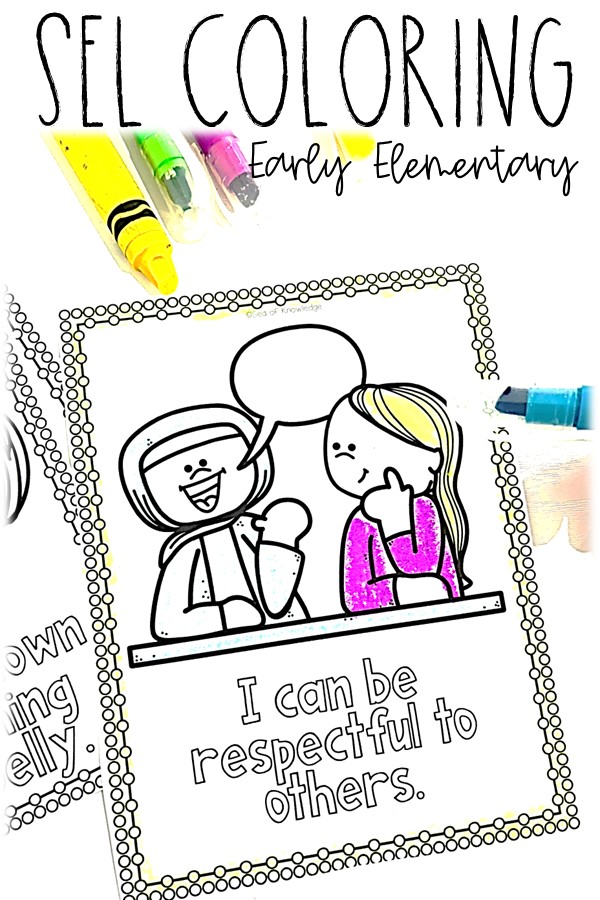
In conclusion, free social-emotional coloring pages are more than just free-time activities; they are essential tools for nurturing emotional intelligence in our youngest learners.
Free Printable Social Skills Coloring Pages
These school rules social emotional coloring pages free are perfect for any time of year!
School Rules Coloring Sheets
As the new school year approaches, many of us parents and teachers are on the lookout for activities that can make the transition smoother and more enjoyable for kids. One simple yet effective tool to consider is these back to school coloring pages, especially those with a fun rules theme.

Not only do they provide a fun activity for children, but they can also convey important school safety messages.
These also contribute highly to social emotional coloring sheets in a BIG way to help kids not only work on their fine motor, but also SEL skills.

Let’s dive into why coloring pages are beneficial, what our special pack includes, and how to best use them.
>>>Get this free printable book in this post!

>>> Sign in to the site below to unlock the FREE coloring pages.
Check out some of the images included in the school rules social skills coloring pages!

Don’t forget to download these below:
As they color their way through happiness, sadness, and everything in between, we’re not just creating art – we’re crafting emotionally resilient individuals ready to face the colorful journey of life.

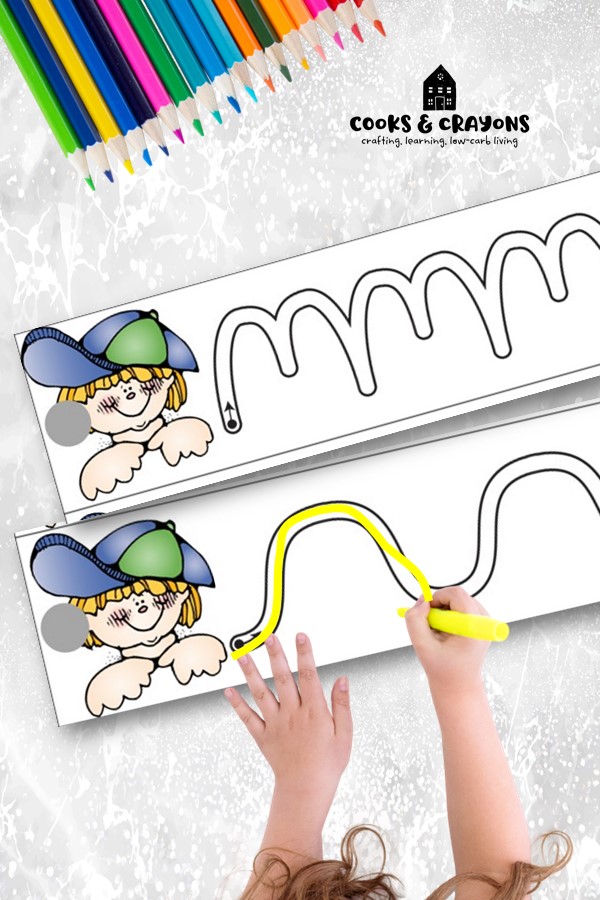

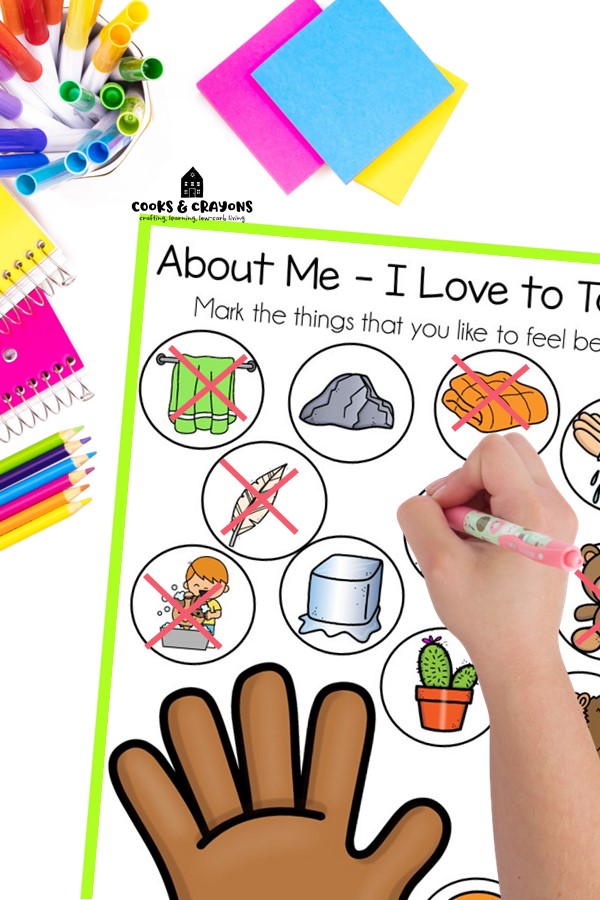
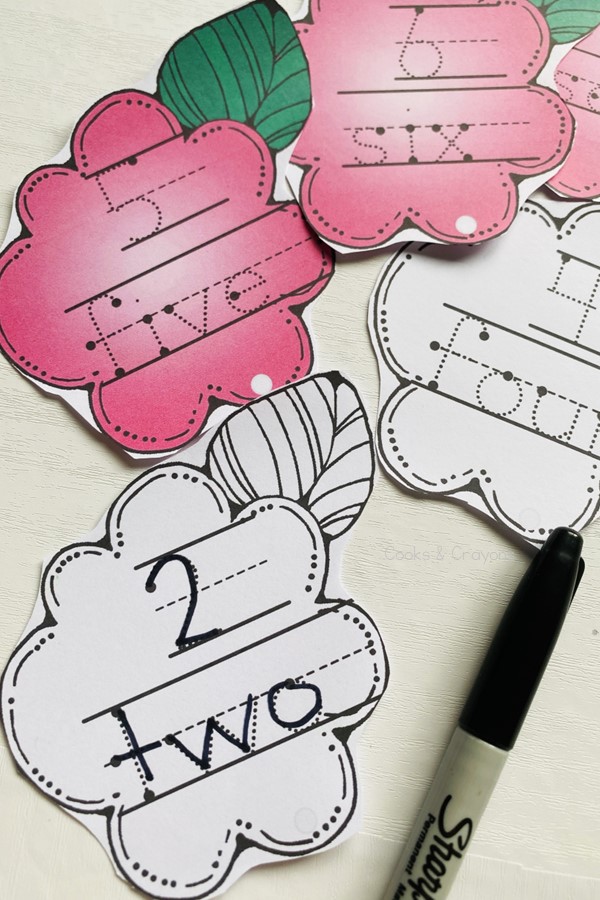


thank you
Thank you!